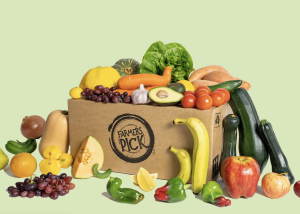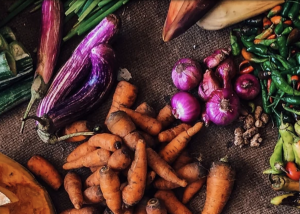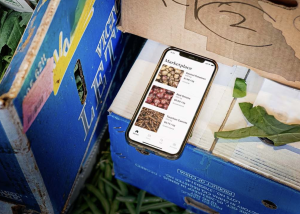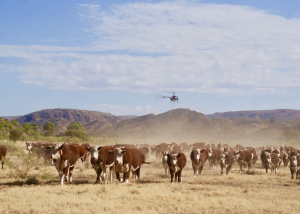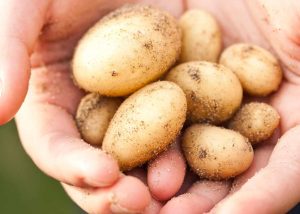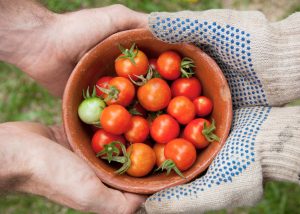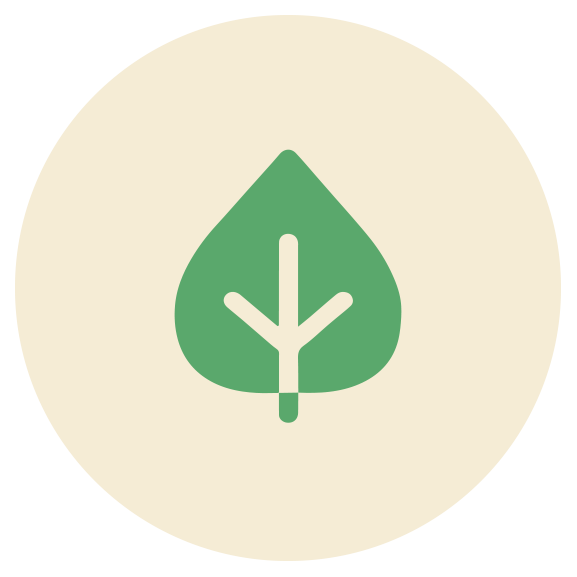
Organic waste in Australian agriculture, fisheries and forestry includes animal and plant organic matter, such as manure from farms and intensive animal systems, harvest waste, pruning and other organic matter.
In 2020-21 Australian agriculture, fisheries and forestry generated an estimated 9.55 million tonnes of organic waste, primarily across the key horticulture, broadacre and livestock production regions. Most materials were generated as part of normal practices in the cropping/livestock zones through crop residues, animal waste etc.
The good news is that most (96%) of this organic waste was used beneficially on-farm – such as being added to the soil to improve soil health and reduce soil erosion risk, composted, or used for livestock feed.
However, the volume of product loss (i.e. fruit and vegetables that do not meet market specifications) is substantial and could be reduced or used for purposes further up the waste hierarchy.
The Pre-Farm Gate Waste Program options analysis assessed whole crop purchasing as one potential solution where a retailer/wholesaler agrees to purchase an entire crop from a producer rather than accepting and rejecting units based on quality specifications or tonnages set by retailer contracts. Stop Food Waste Australia is also investigating options to reduce product loss and other food waste.




